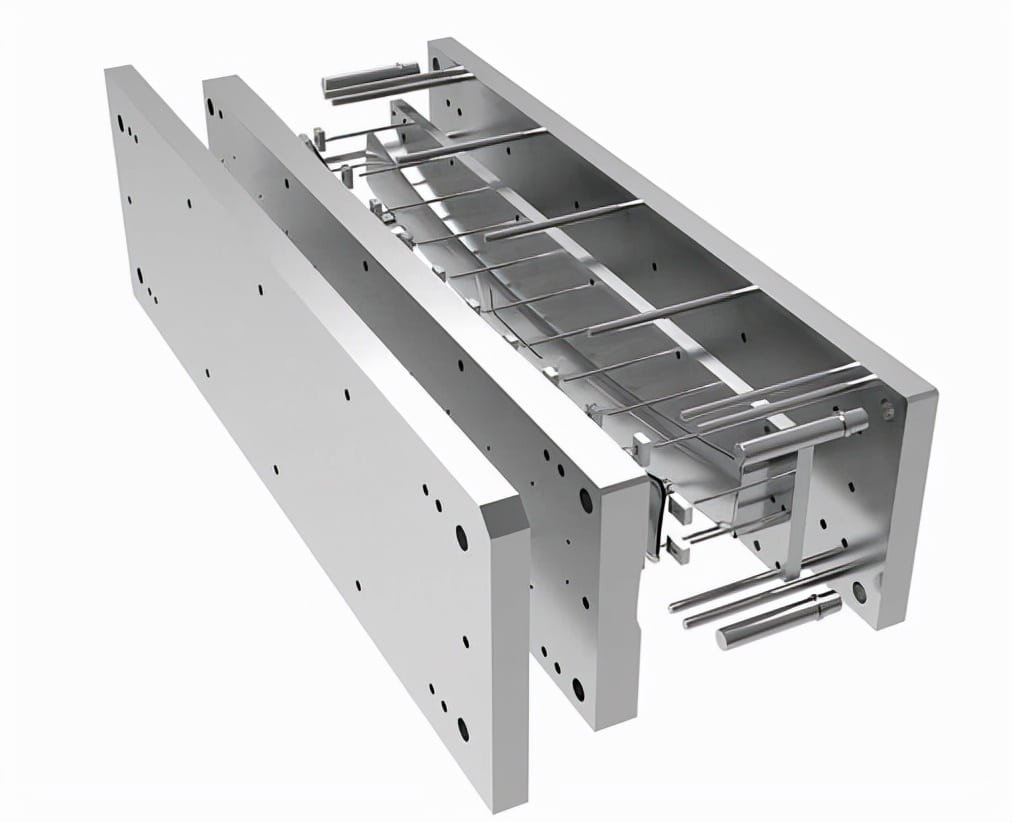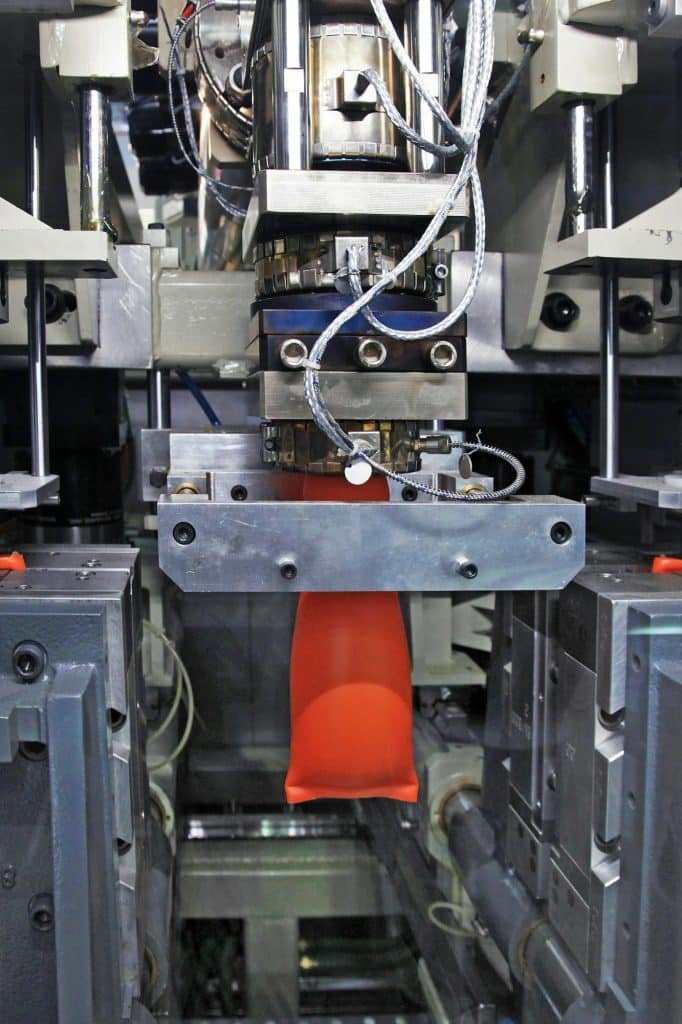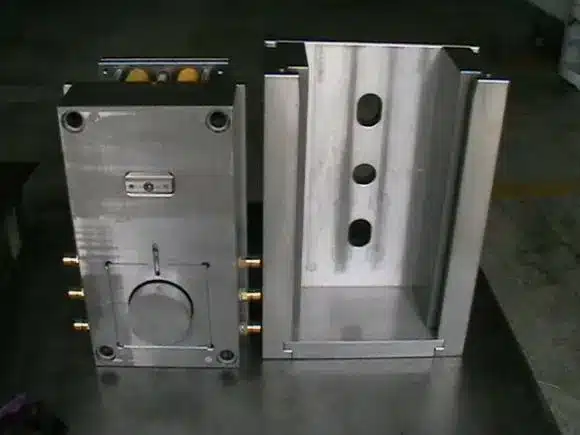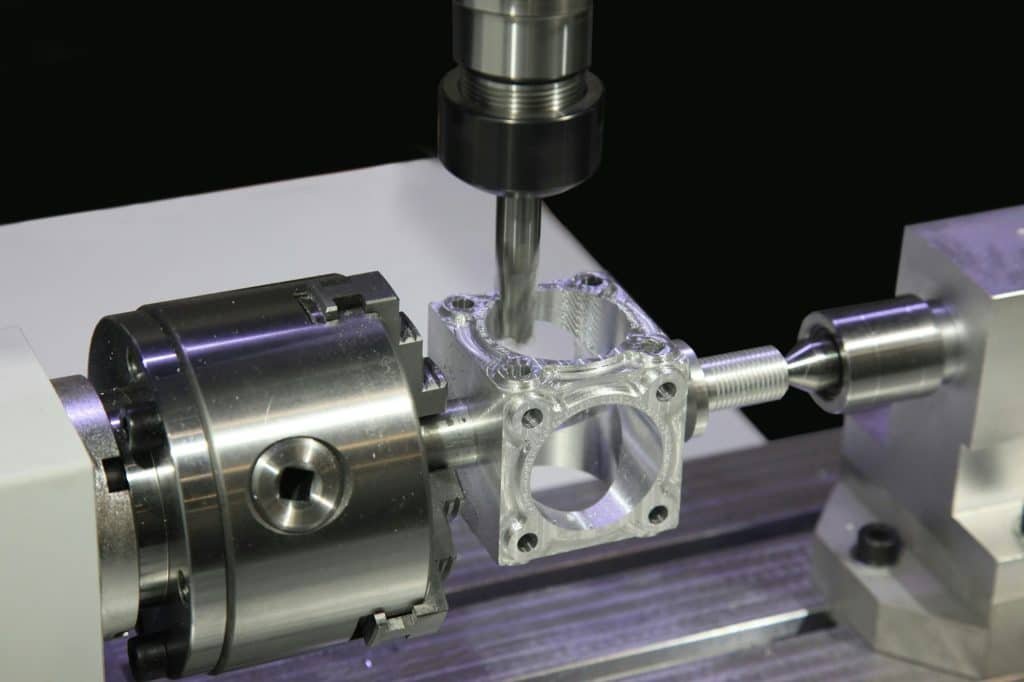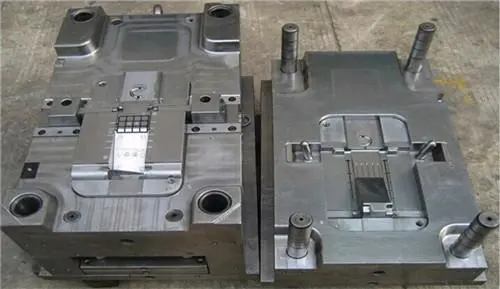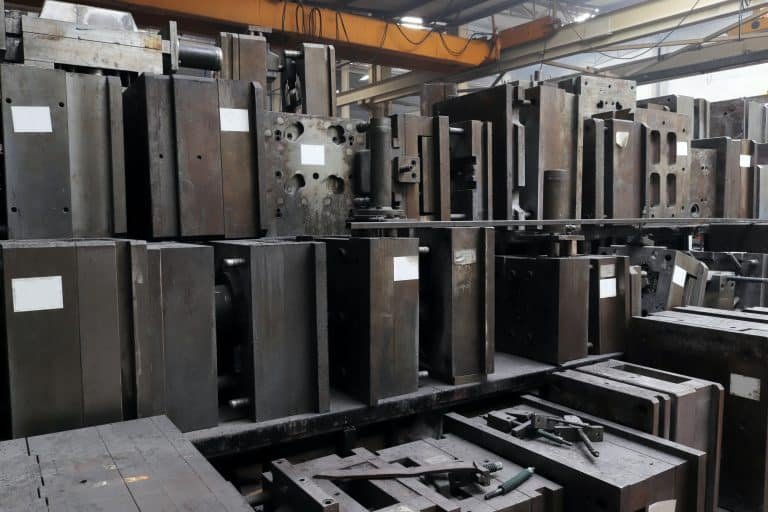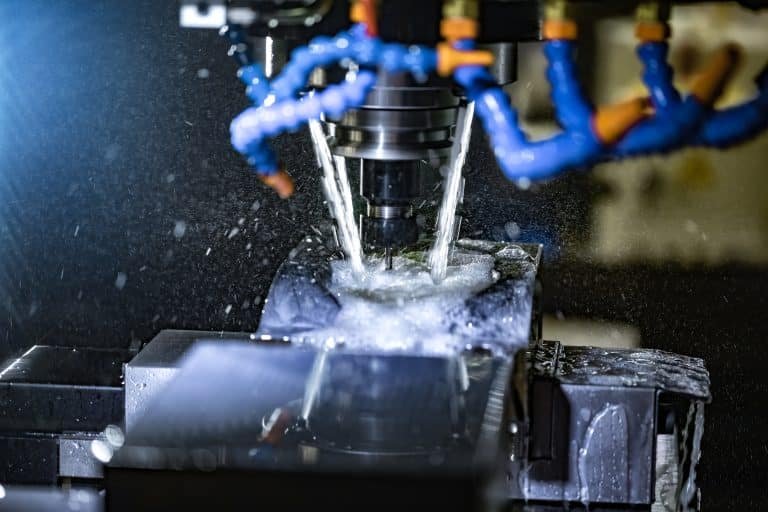If you want to make a good mold, then you need to know the following in terms of steel:
1. Shoddy steel is prone to folding
Folding is a variety of broken lines formed on the steel surface, and this defect often runs through the longitudinal side of the entire product. The reason for folding is that the shoddy manufacturers pursue efficiency, the amount of pressure is too large, the ear is generated, the next rolling will fold, the folded product will crack after bending, and the strength of the steel will decrease.
2. Shoddy steel often has a pockmarked appearance
The pitted surface is the irregular uneven defect of steel surface caused by severe groove wear. As shoddy steel manufacturers pursue profits, there is often excessive groove rolling.
3. The surface of shoddy steel is prone to scarring
There are two reasons: First, the fake steel material is not uniform, impurities. Second, the shoddy material manufacturers’ guide equipment is simple, easy-to-stick steel, these impurities bite the roll easily to produce scars.
4. Cracks are easy to occur on the surface of shoddy materials
This is its billet is adobe, adobe porosity, and adobe in the process of cooling due to the role of thermal stress, crack after there are cracks.
5. Fake steel is easy to be scratched
The reason is that the shoddy material manufacturers have simple equipment, which is easy to produce burrs and scratch the steel surface. Deep scratching reduces the strength of steel.
6. Fake and shoddy steel has no metallic luster
Its color is reddish or similar to that of pig iron. There are two reasons: First, its billet is adobe. Second, the rolling temperature of shoddy materials is not standard, their steel temperature is visually measured, so that it can not be rolled according to the prescribed austenitic area, and the performance of steel will naturally be unable to meet the standard.

7. The transverse ribs of shoddy steel are thin and low, and there is often a phenomenon of dissatisfaction
In some manufacturers to achieve large negative tolerances, the pressure of the first few passes of the finished product is too large, the iron shape is too small, and the passing shape is not full.
8. The cross-section of fake steel is oval
Some manufacturers save materials. The pressure of the first two passes of the finished roller is too large, and the strength of the rebar is greatly reduced, and it does not meet the standard of the dimensions of the rebar.
9. The composition of high-quality steel is uniform
The tonnage of the cold shear machine is high, and the end face of the cutting head is smooth and neat. And shoddy materials due to poor material, the end of the cutting head often has the phenomenon of falling meat, that is, uneven, and no metallic luster. And because the shoddy material manufacturers’ products cut less head, head, and tail will appear big ears.
10. The fake steel material contains many impurities
The density of steel is small, and the size is serious, so it can be weighed and checked without a vernier caliper. For example, for rebar 20, the standard stipulates a greater negative tolerance of 5%, its theoretical weight of a single root is 120kg when 9M is fixed, its minimum weight should be: 120X(L-5%)= 114kg, weighing out the actual weight of a single root is smaller than 114kg, it is shoal steel, because its negative tolerance exceeds 5%. In general, it is better to integrate proportional quantities, mainly considering the problem of cumulative error and probability theory.
11. The inner diameter of shoddy steel fluctuates greatly
The reasons are: first, the steel temperature is unstable with Yin and Yang. Second, the composition of steel is not uniform. Third, due to the simple equipment, the foundation strength is low. There will be a large change in the inner diameter within the same week, and such reinforcing bars are prone to fracture due to uneven stress.
Other reference standards:
a: The trademark and printing of high-quality materials are relatively standardized.
b: Three large threads of steel with a diameter of more than 16, and the spacing between the two marks is above IM.
c: The longitudinal bar of shoddy steel rebar is often wavy.

